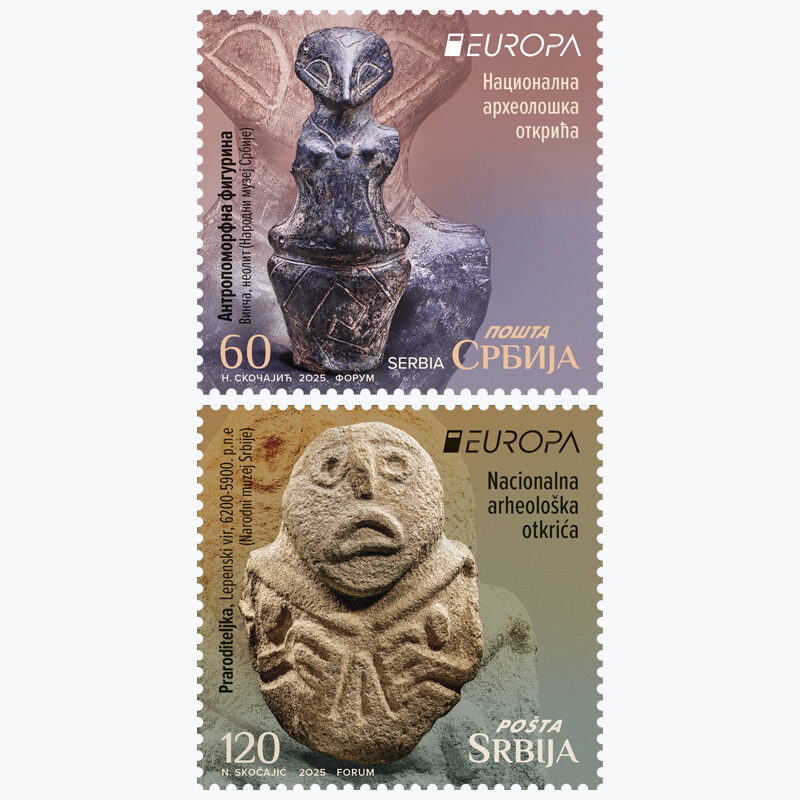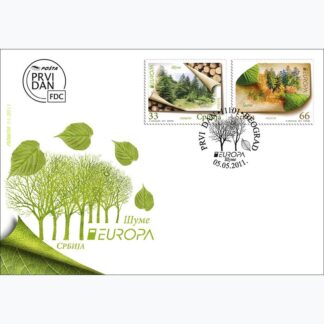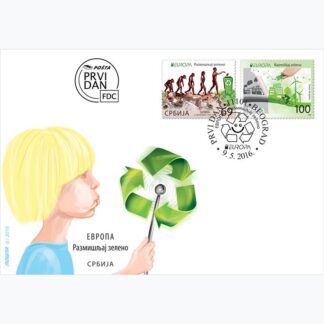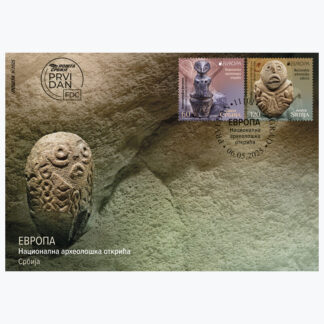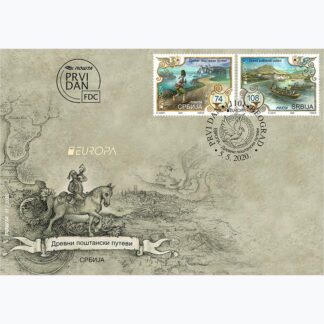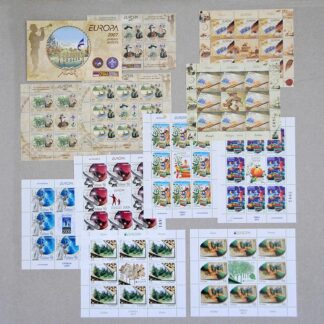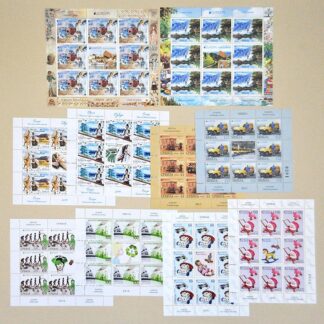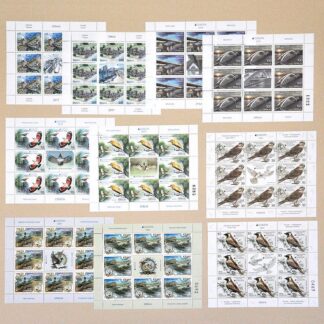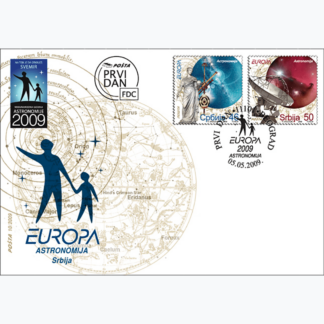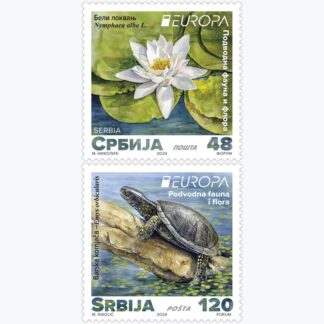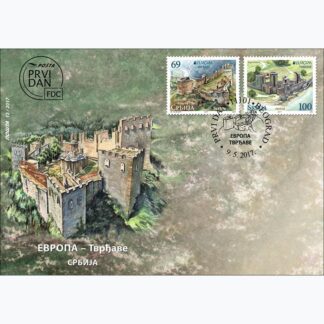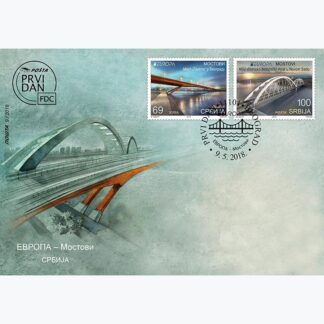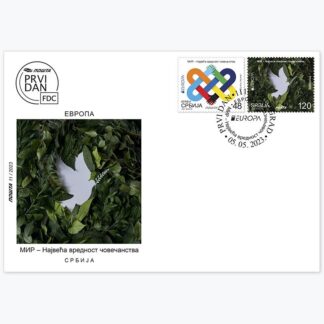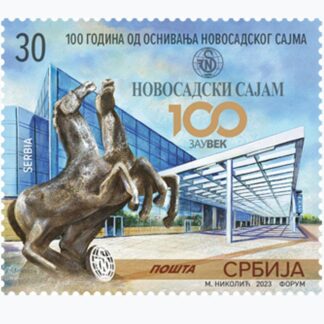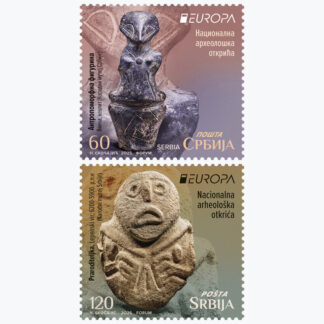Description
The most significant prehistoric archaeological sites in Serbia – Lepenski Vir and Vinča, represent important evidence of the life of the first human communities in the Balkans.
At the site of Belo Brdo in Vinča, near Belgrade, the first archaeological research was carried out in 1908, organized by the National Museum of Serbia, under the leadership of Professor Miloje Vasić. This is considered the first systematic archaeological research in Serbia and it has continued, with interruptions, to this day, under the leadership of various institutions. Evidence of human presence from prehistoric times to the modern era has been found on Belo Brdo, which formed an artificial hill about 10.5m high. The remains from the Late Neolithic period, which make up its largest segment, formed by the layering of settlements by generations of Late Neolithic inhabitants, belong to the period 5300–4600 BC. Based on the objects found (pottery, artefacts made of stone, bones and horns, anthropomorphic and zoomorphic figurines, prosopomorphic lids, altars, pieces of malachite and cinnabar, decorative objects, jewellery, etc.) as well as the remains of houses, the Vinča culture has been defined – the most significant phenomenon of the late Neolithic and Eneolithic, which developed throughout the territory of the central Balkans, and was named after this site.
Motifs from the Vinča site (Neolithic) on a sheet of 60 RSD denomination: on the stamp – Anthropomorphic figurine (15x6.5cm); on the vignette – Altar with zoomorphic protomes (8.5x11cm).
The Lepenski Vir site in the village of Boljetin, on the banks of the Danube, is one of the most significant and well-known early prehistoric sites in Serbia. The site was investigated between 1965 and 1970 under the leadership of Dragoslav Srejović. During the research of the Mesolithic layers dating back to 6200–5900 BC, the remains of planned settlements were found, with the remains of trapezoidal-shaped dwellings with floors made of limestone plaster, monumental stone sculptures and numerous graves indicating developed burial rituals.
Never before seen, monumental sculptures made of local sandstone, represent a unique artistic phenomenon in early European prehistory. The figural sculptures represent hybrid human-fish-like creatures, while the ornamental sculptures are decorated with wavy and meandering motifs reminiscent of the waters of the Danube. All this indicates that the inhabitants of Lepenski Vir practiced a belief system that was tied to the river.
Motifs from the Lepenski Vir site on a sheet of 120 RSD denomination, sculptures made of quartz sandstone (Mesolithic): on the stamp – Foremother (36x26x48cm, 38.5kg); on the vignette – Progenitor (40x25x53cm, 55kg); on the FDC – Water Fairy (27x19x39cm, 23.1kg).
Professional cooperation and material for motifs: National Museum of Serbia
Artistic realization of the issue: MA Nadežda Skočajić, Academic Graphic Artist
